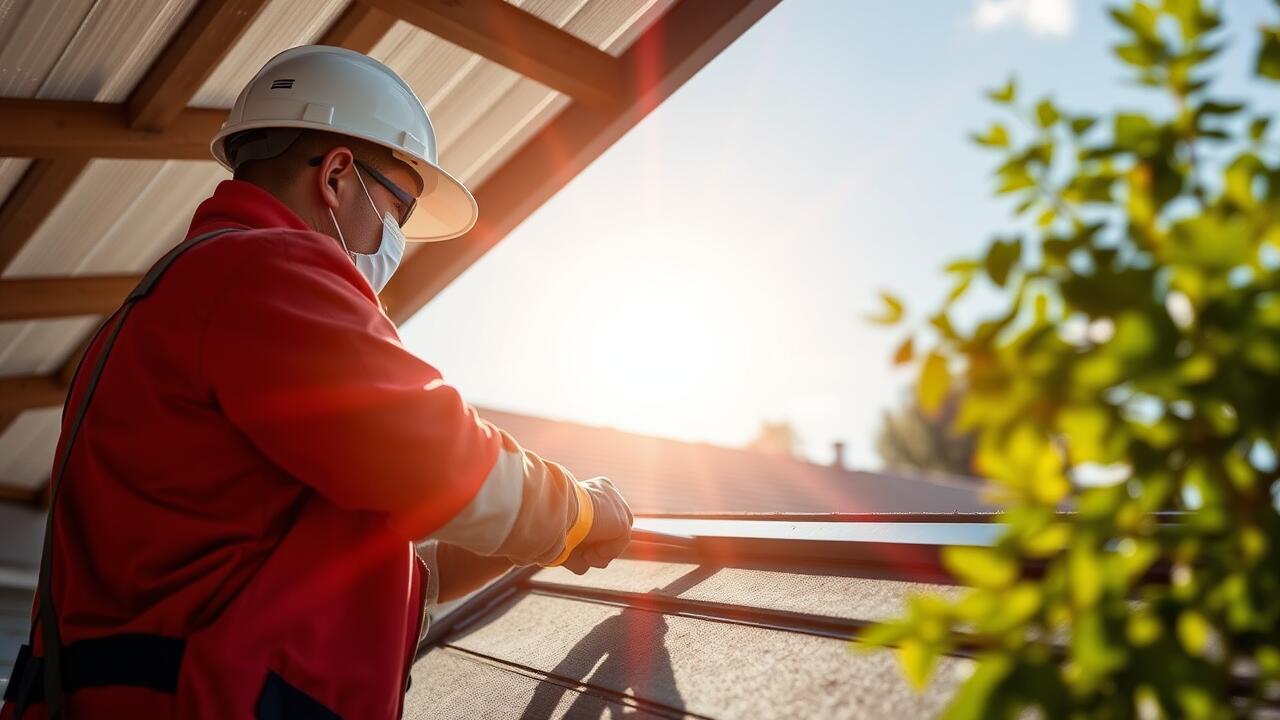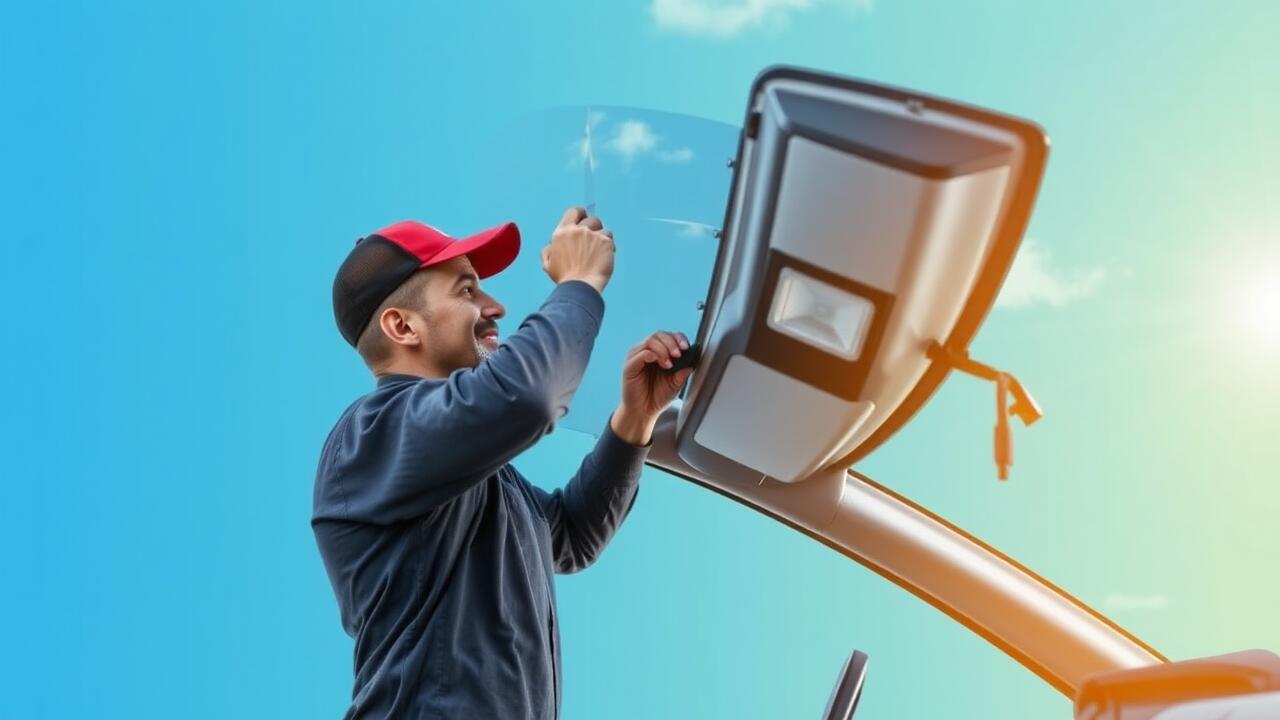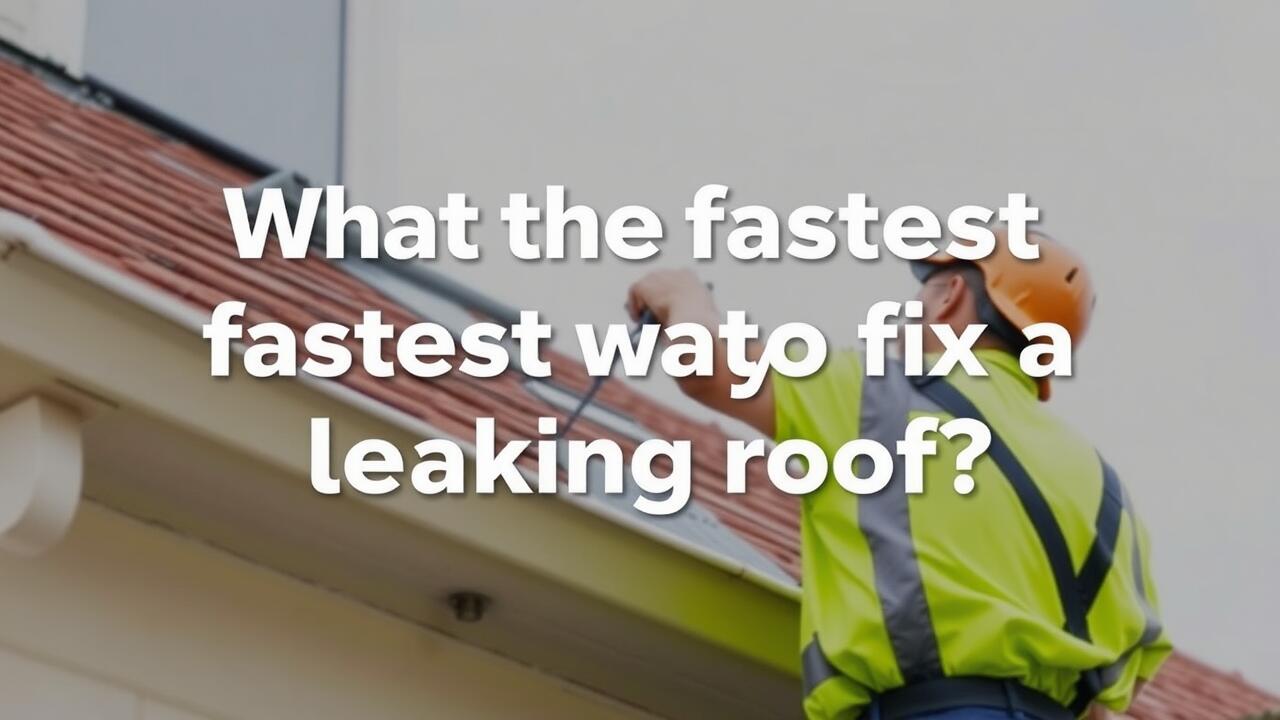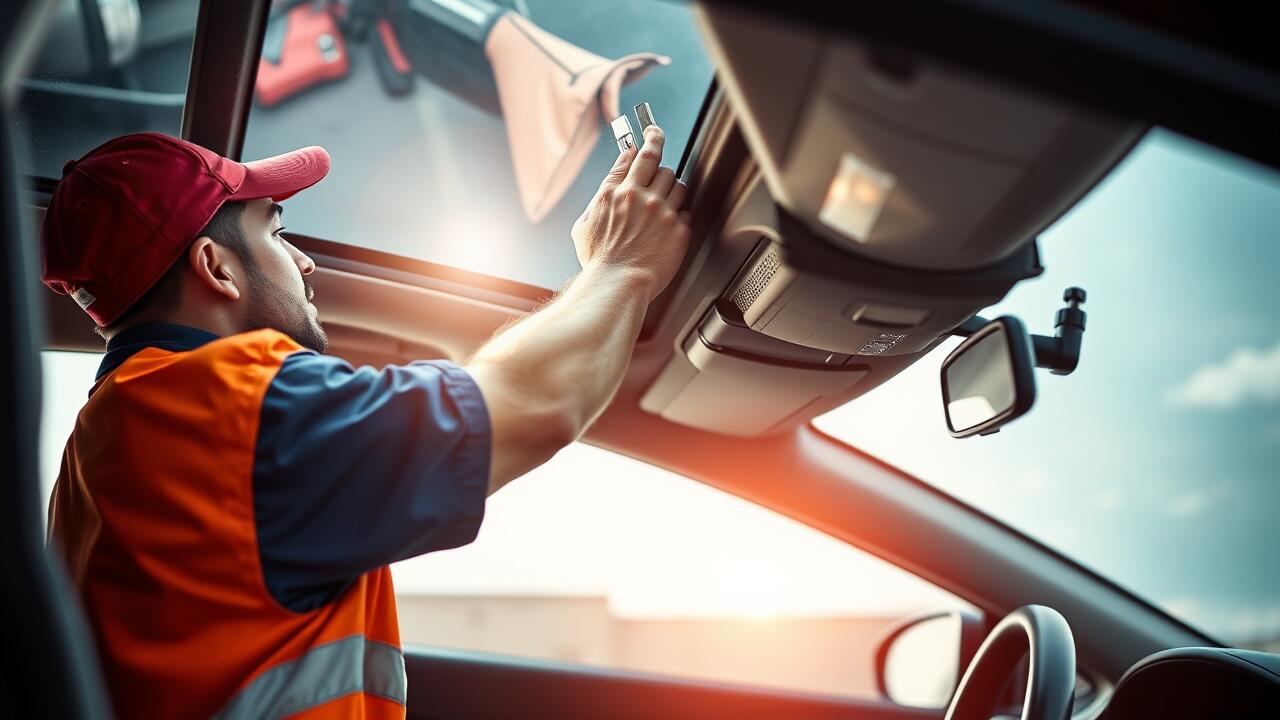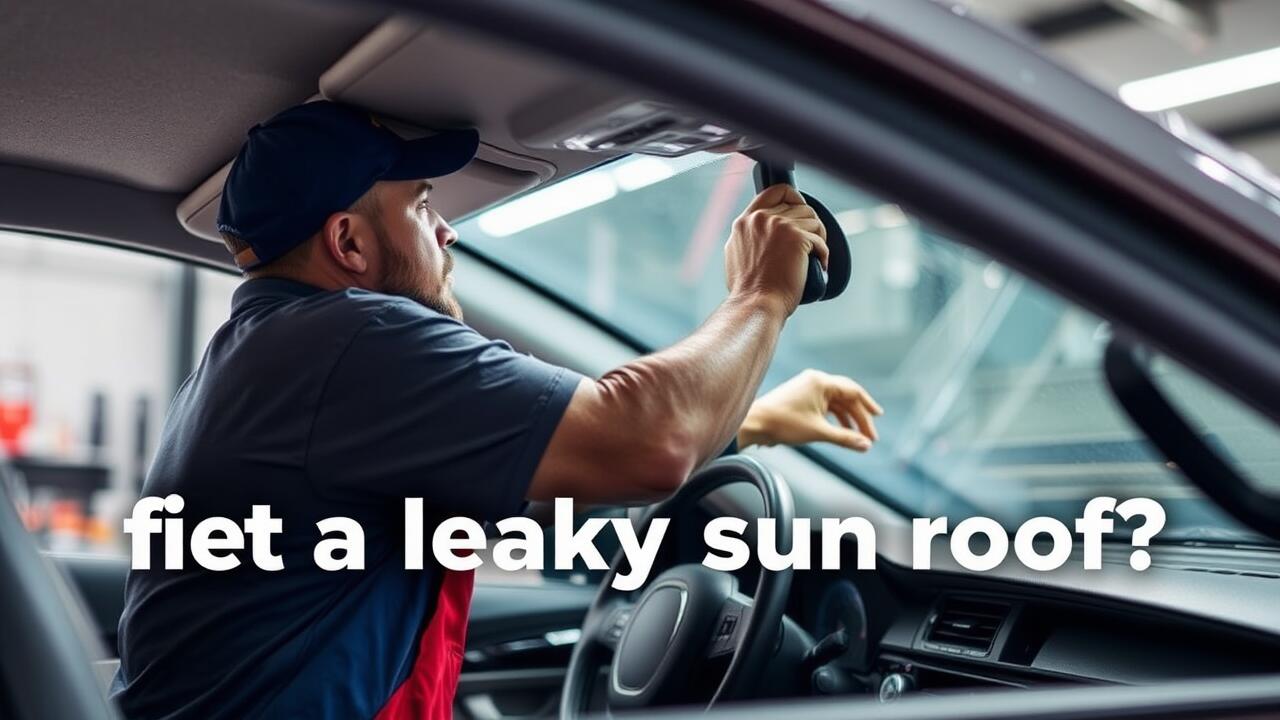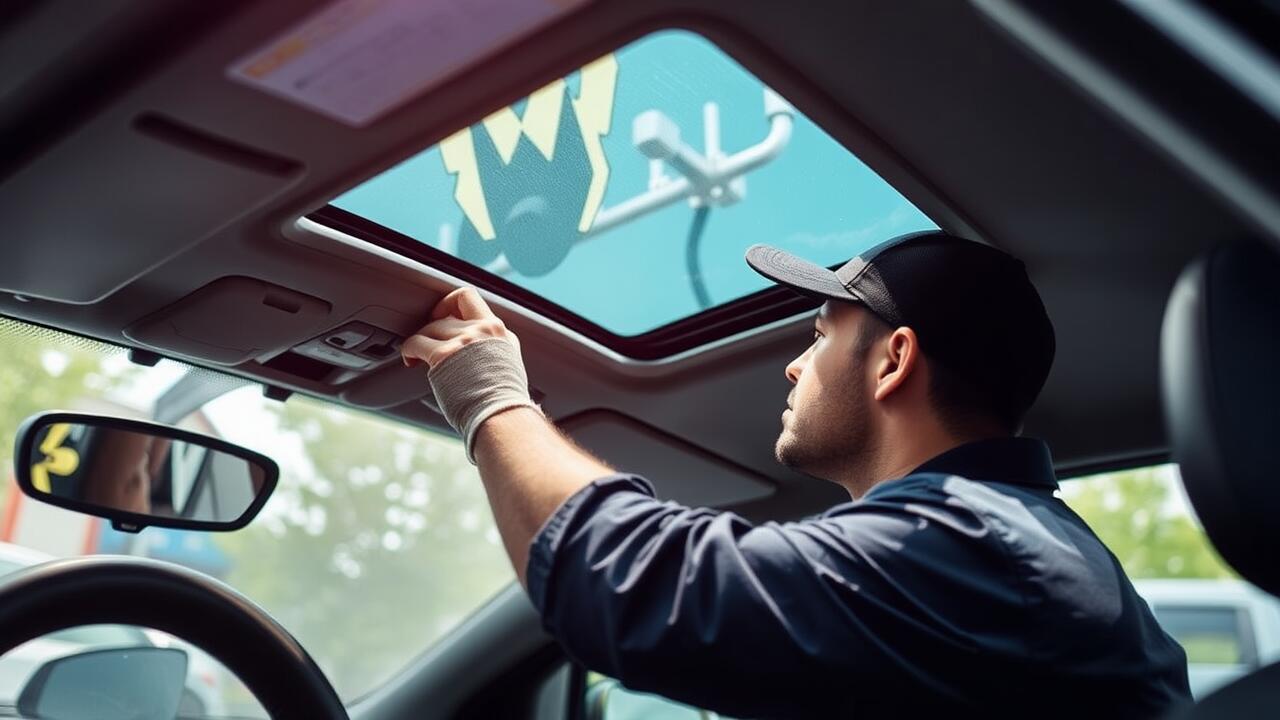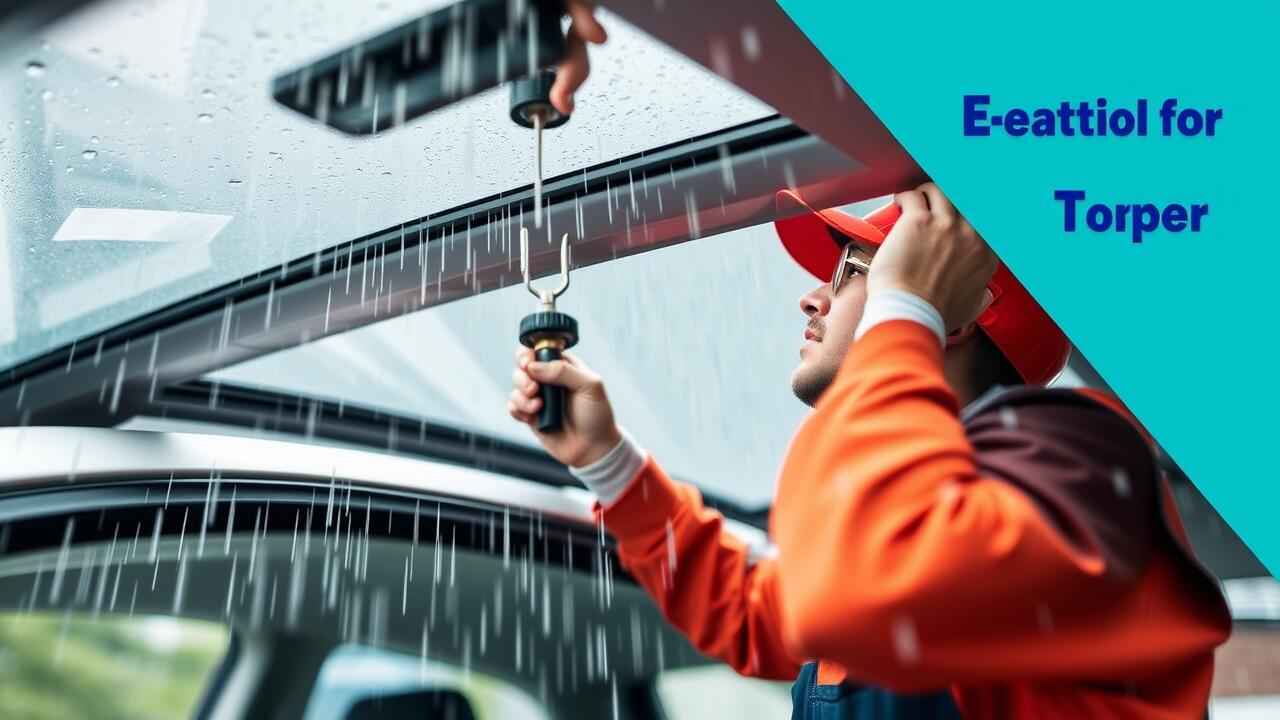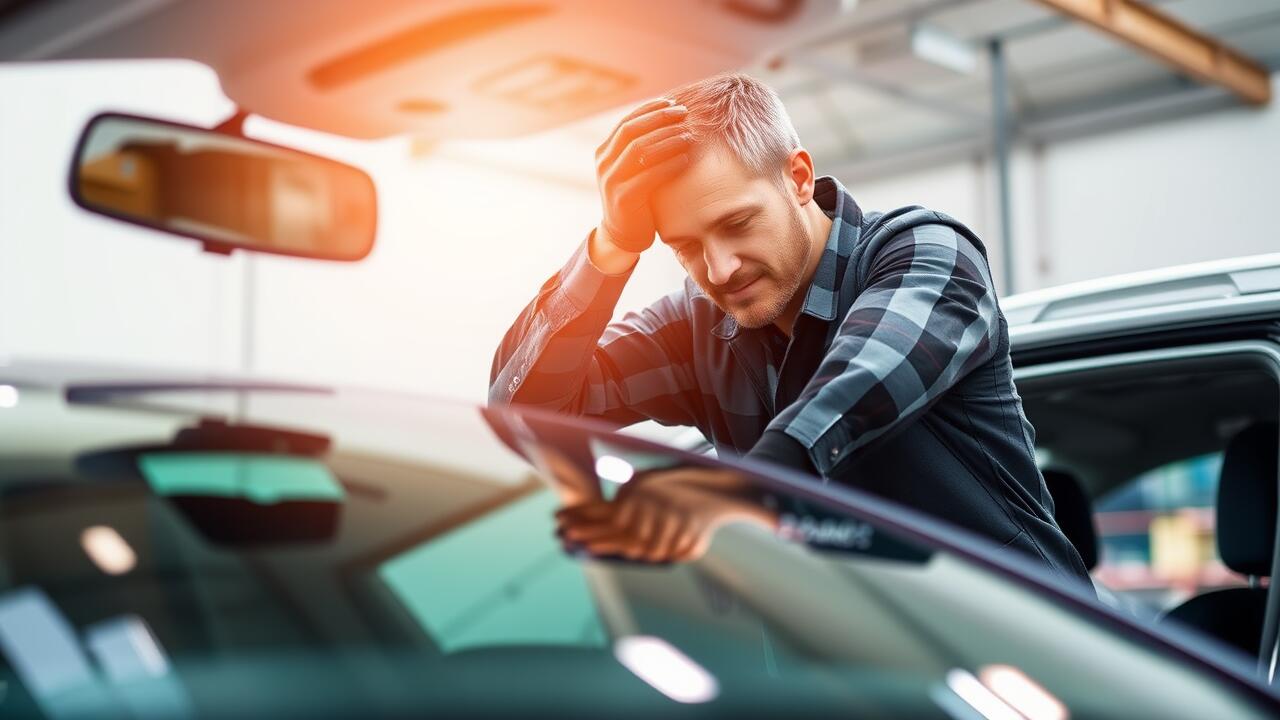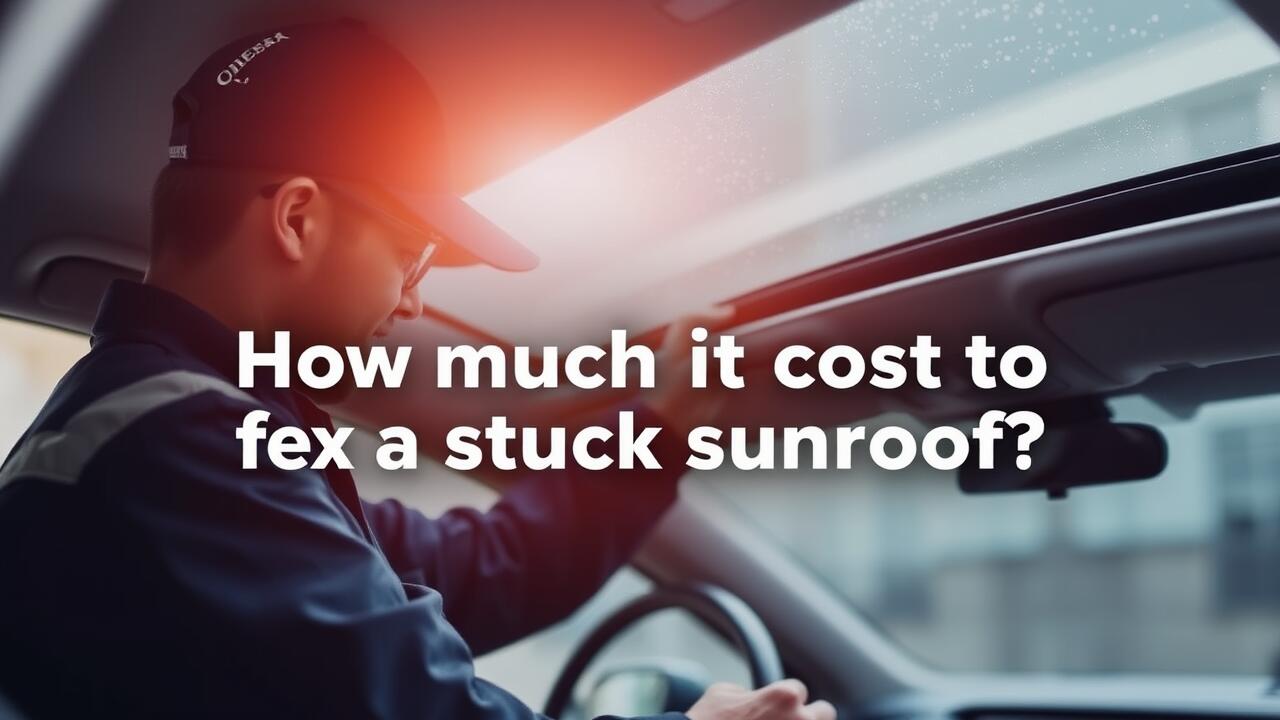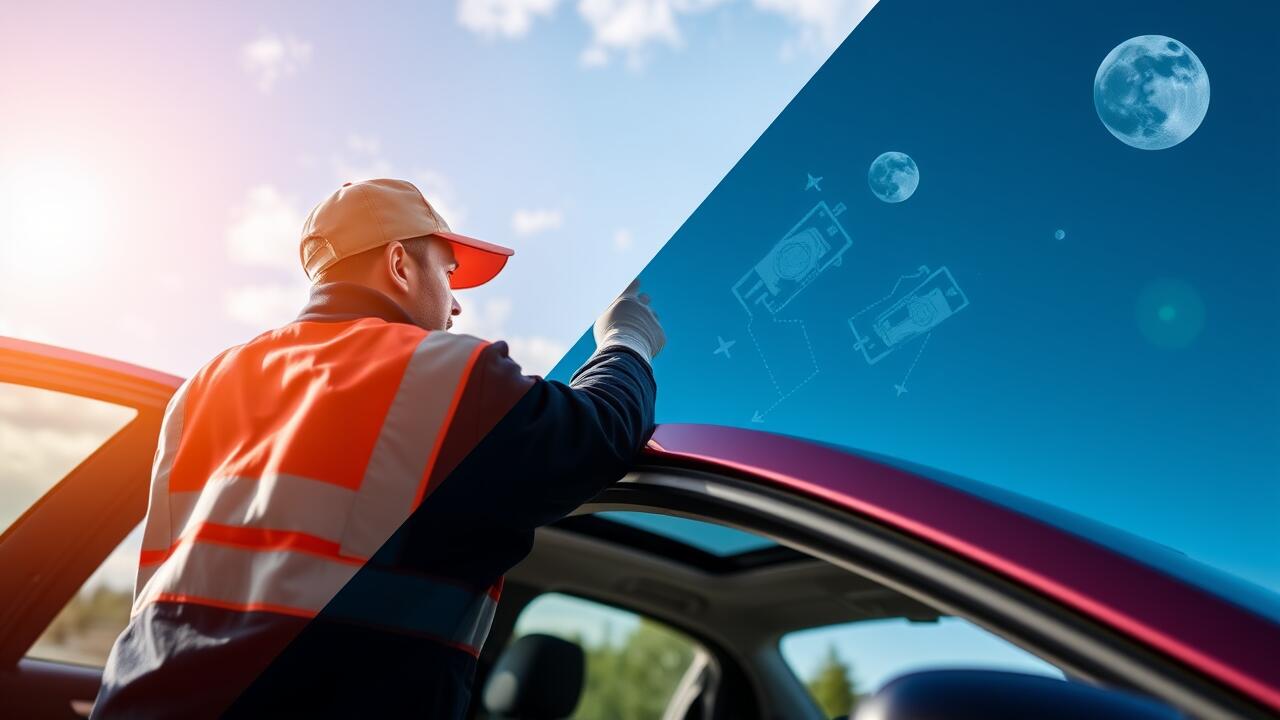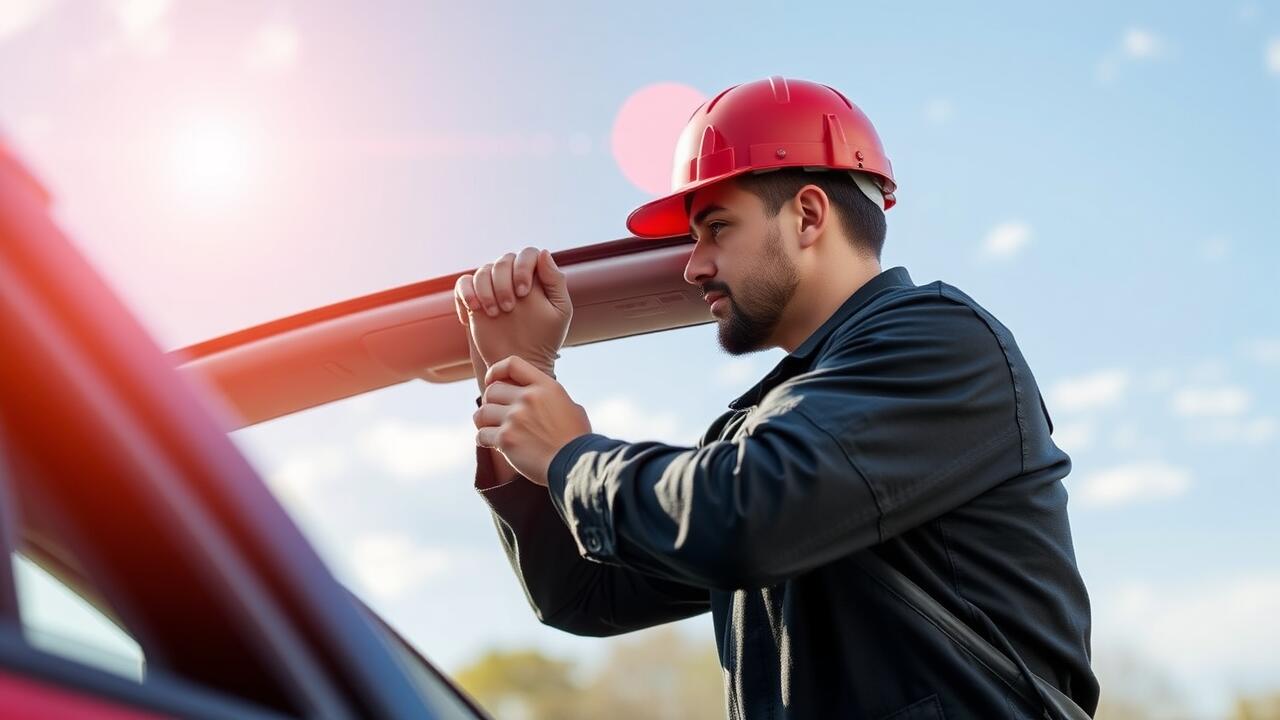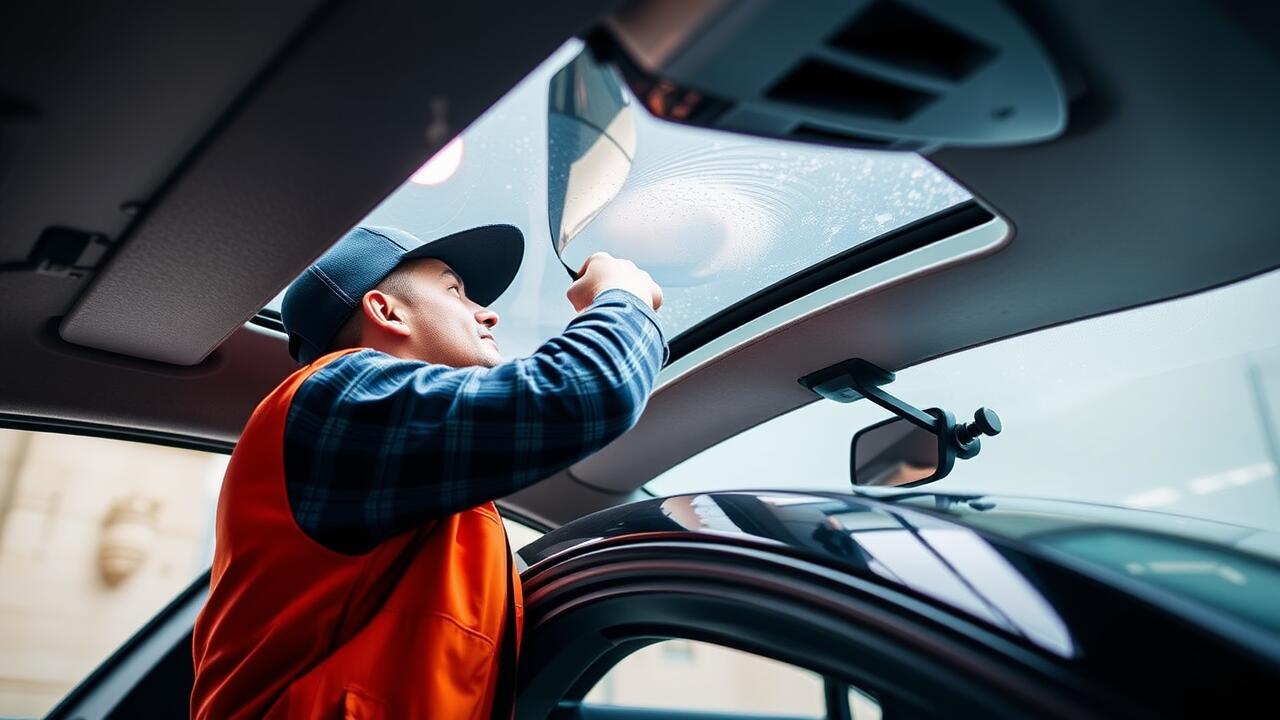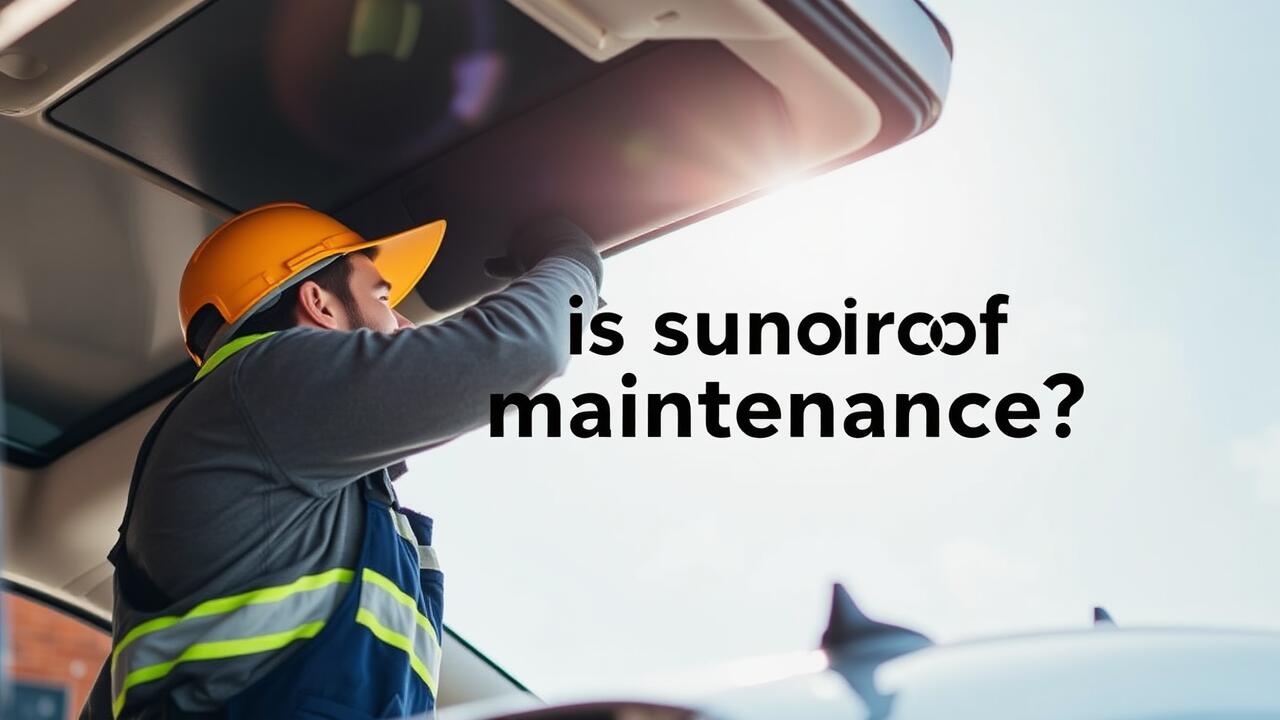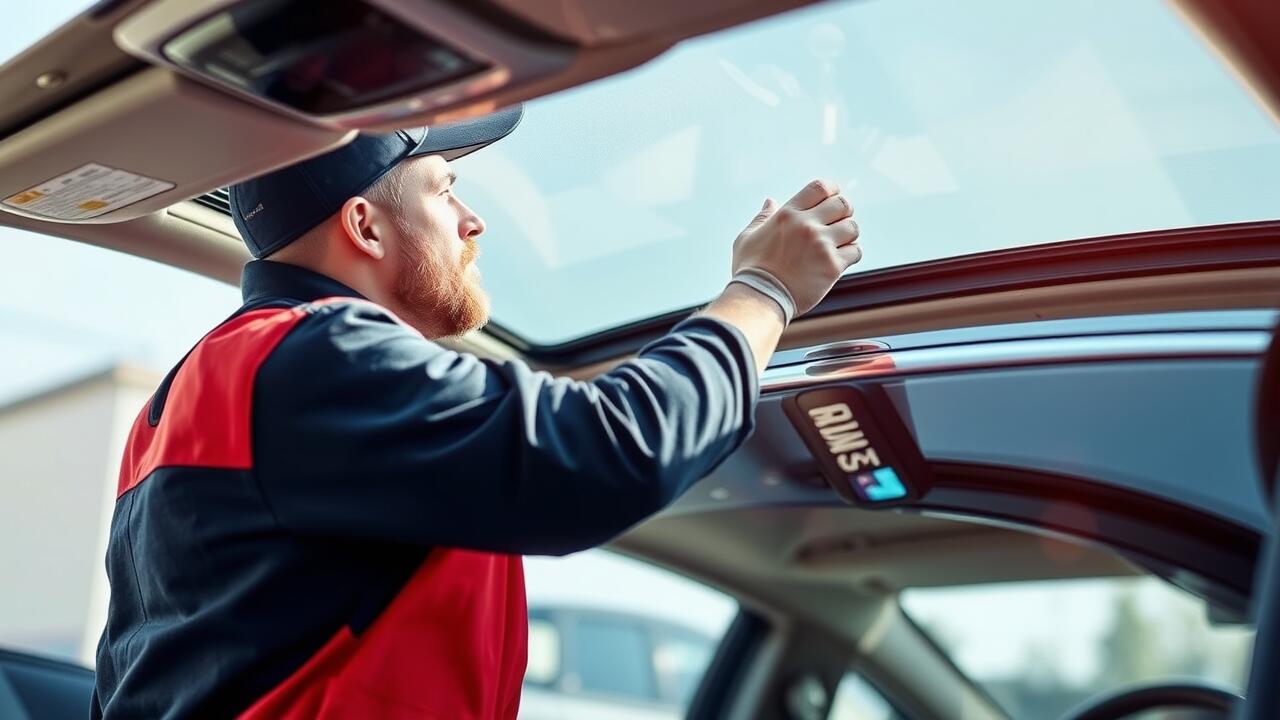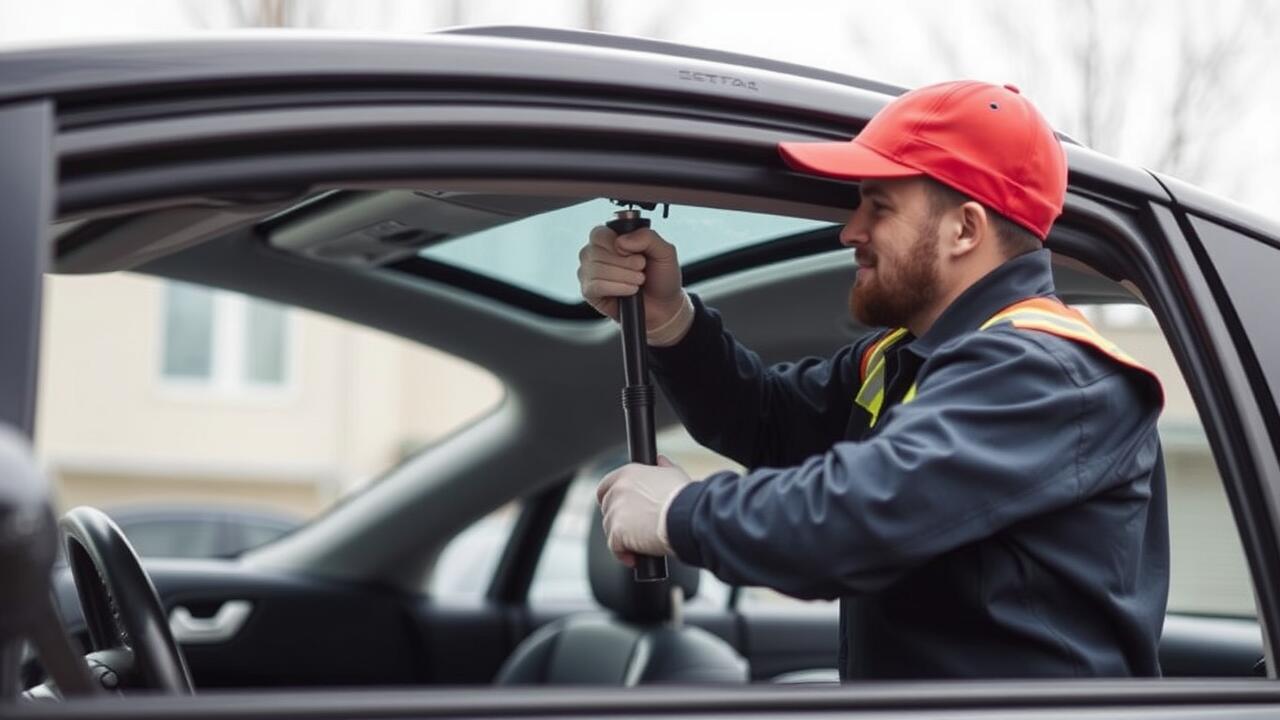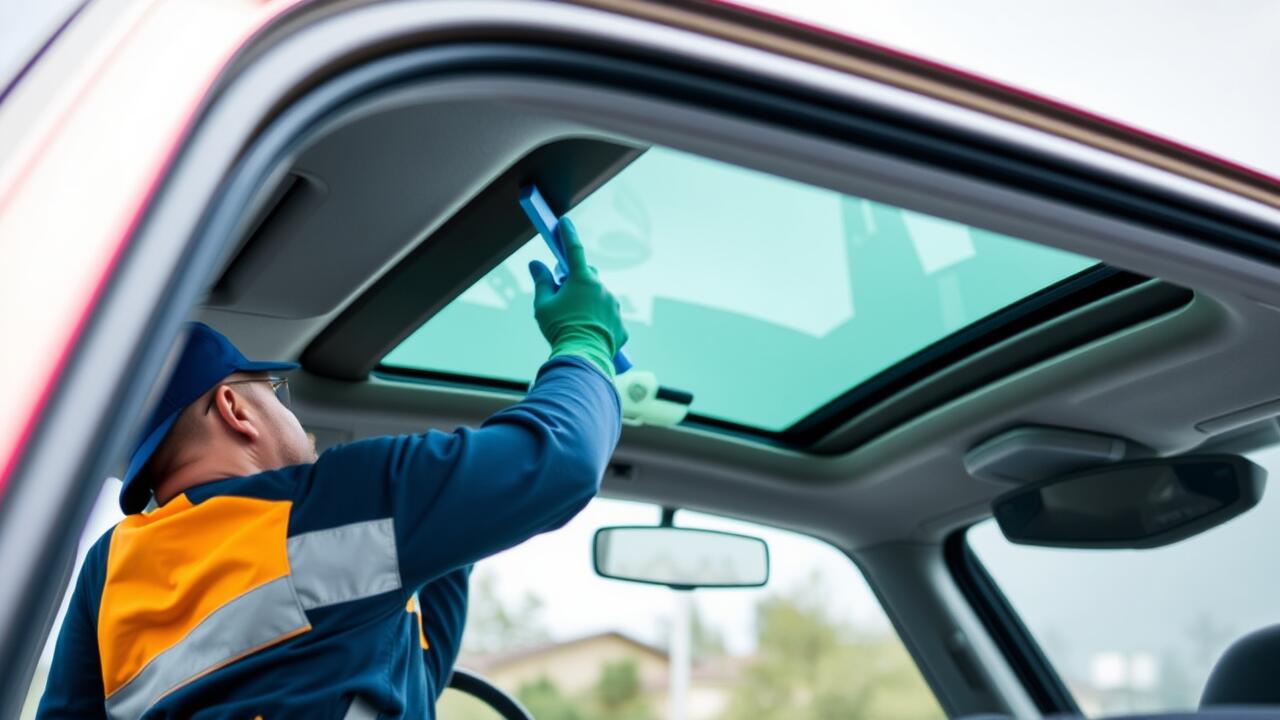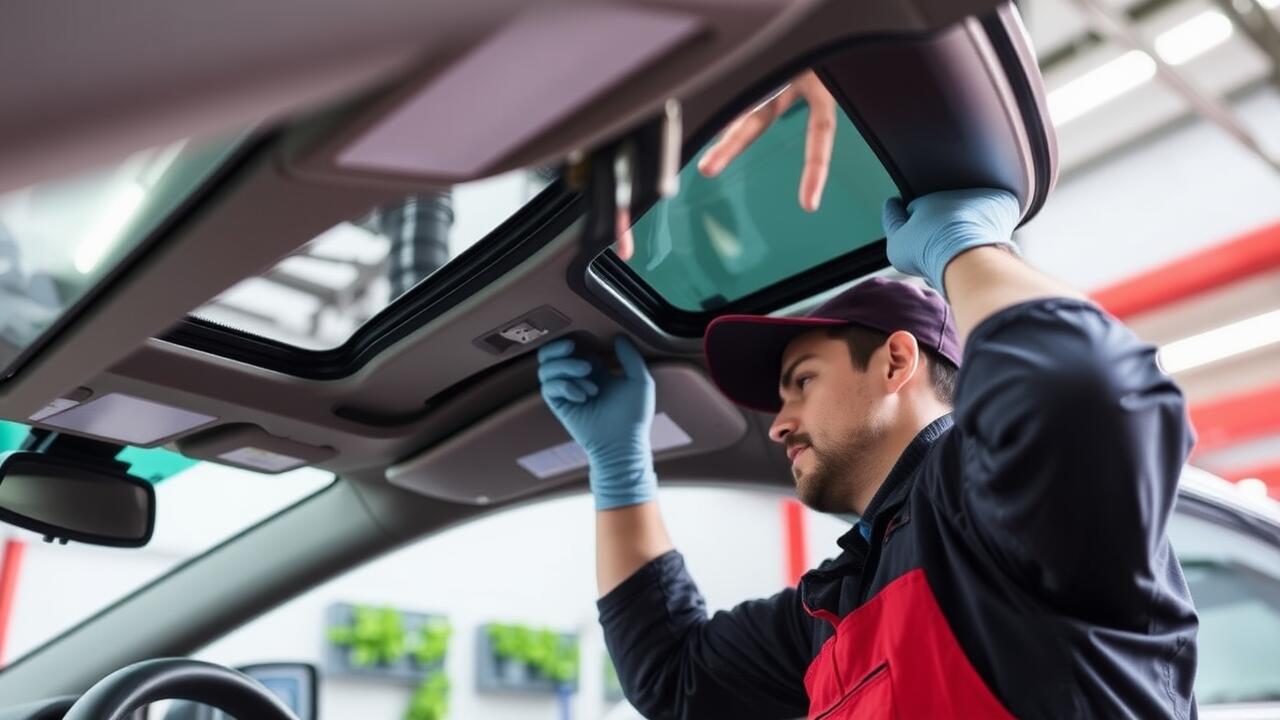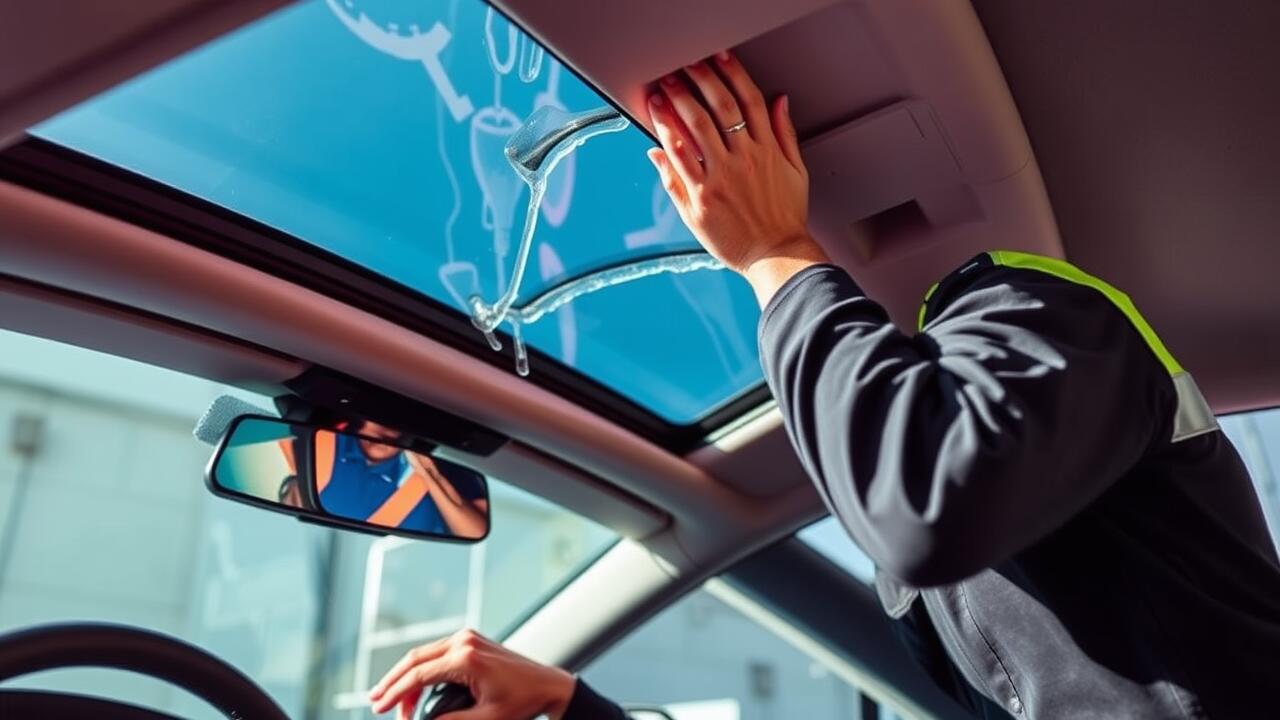
Table Of Contents
Repairing a Leaky Sunroof
When dealing with a leaky sunroof, quick action can prevent further damage to your vehicle. Identifying the source of the leak is essential. Common culprits include clogged drainage tubes, failing seals, or cracked glass. A thorough inspection can help determine whether you need to perform basic maintenance or if a more extensive sunroof repair is necessary. Ensuring that the drainage system is clear of debris can often solve minor leaks without requiring professional assistance.
If the issue seems more severe, enlisting a professional for sunroof repair may be the best course of action. Professionals can provide a comprehensive assessment and have access to specialized tools and materials. DIY repairs can sometimes lead to more significant problems if not executed correctly. Weighing the cost of professional repair against potential damage to your vehicle will guide you in making the right choice when addressing a leaky sunroof.
Professional vs. DIY Repair Options
When dealing with a leaky sunroof, vehicle owners often face the decision between professional repair services and DIY solutions. Professional sunroof repair typically involves experienced technicians who can quickly diagnose the problem and implement effective fixes. These experts often have specialized tools and access to manufacturer parts, ensuring a higher chance of a lasting solution. The cost may be higher, but the peace of mind that comes from having a trained professional handle the repair can be worth the investment.
On the other hand, some car owners may opt for DIY sunroof repair to save money or tackle the issue on their own timeline. This approach requires research to understand the common causes of leaks and the necessary materials for repair. While some minor issues can be handled with basic tools and sealants, there’s a risk of overlooking more complex problems. Without proper knowledge, a DIY attempt might lead to further complications, making professional methods more appealing for ensuring the repair is done correctly.
The Role of Weather in Sunroof Performance
Weather conditions play a significant role in the performance and longevity of sunroofs. Extreme temperatures can impact the materials used in the sunroof’s construction. In hot climates, the sealants may degrade faster due to prolonged exposure to UV rays. Conversely, cold weather can cause materials to contract, potentially leading to gaps in seals that may allow moisture to infiltrate the vehicle.
Rain and snowfall add another layer of stress, as the accumulation of water can exacerbate any existing vulnerabilities in the sunroof’s structure. Regular maintenance is crucial to ensure seals remain intact, especially in regions prone to heavy rain or snow. In cases where leaks do develop, timely sunroof repair can save owners from more significant damage to their vehicle's interior.
How Different Climates Affect Sunroof Integrity
Extreme climates can significantly impact the integrity of sunroofs. In areas with high heat, the sun's intensity can lead to deterioration of the rubber seals and gaskets that provide a watertight fit. Over time, this wear can make the sunroof more susceptible to leaks. Conversely, in cold climates, the expansion and contraction of materials due to temperature changes can create gaps, further compromising the sunroof's seal. Regular inspections in these regions can be crucial to prevent costly sunroof repair down the line.
Rainy and humid environments pose their own challenges to sunroof functionality. Moisture can accumulate in the drainage systems, leading to blockages that can cause water to back up and leak into the vehicle interior. This issue becomes more pronounced when combined with debris, potentially leading to more severe water damage. Sunroof repair becomes necessary if these problems are not addressed promptly. Recognizing how different climates affect sunroof integrity can help vehicle owners maintain their sunroofs effectively.
Long-Term Effects of Sunroof Leaks
Persistent leaks from a sunroof can lead to significant long-term damage within a vehicle. Water entering the interior can cause mold growth, leading to unpleasant odors and potential health risks. The upholstery and carpets may become stained and increasingly difficult to clean, which diminishes the overall appearance and value of the car. Over time, electronic components, including wiring and control modules, may also suffer water exposure, resulting in malfunction or failure.
Sunroof repair becomes crucial when leaks occur, as ignoring the issue can exacerbate damage. The longer water is allowed to seep into vulnerable areas, the greater the likelihood of corrosion forming on metal parts. This rust can spread, affecting not just the sunroof area but also surrounding structures like the roof and pillars. Addressing leaks promptly ensures that the integrity of the vehicle remains intact and helps maintain a comfortable and safe driving environment.
Potential Damage to Vehicle Interiors
Water leakage from a sunroof can lead to significant damage within a vehicle's interior. When moisture seeps through, it can saturate seats, carpets, and insulation materials, creating an unfavorable environment for mold and mildew growth. This dampness not only causes unpleasant odors but also deteriorates the upholstery, potentially requiring extensive repairs or replacements, which can be costly for vehicle owners.
Additionally, the electrical systems often located around the sunroof area may also be affected. Water intrusion can corrode wiring harnesses and disrupt electronic components, leading to malfunctioning features such as windows and lighting. Addressing sunroof leaks promptly through proper sunroof repair techniques is crucial to prevent these complications and maintain the vehicle's overall functionality and aesthetic appeal.
FAQS
Do all sunroofs eventually leak?
While not all sunroofs will leak, many may develop leaks over time due to wear and tear, improper installation, or lack of maintenance.
What are the common causes of sunroof leaks?
Common causes of sunroof leaks include clogged drainage channels, damaged seals, and aging components that have deteriorated over time.
Can I prevent my sunroof from leaking?
Yes, regular maintenance such as cleaning the drainage channels, inspecting seals, and ensuring proper operation can help prevent leaks.
How can I tell if my sunroof is leaking?
Signs of a leaking sunroof include water pooling in the interior, damp upholstery, or visible water stains on the headliner.
When should I seek professional help for a leaking sunroof?
If you notice persistent leaks, extensive water damage, or if you are unsure about how to repair it yourself, it's best to seek professional assistance.
